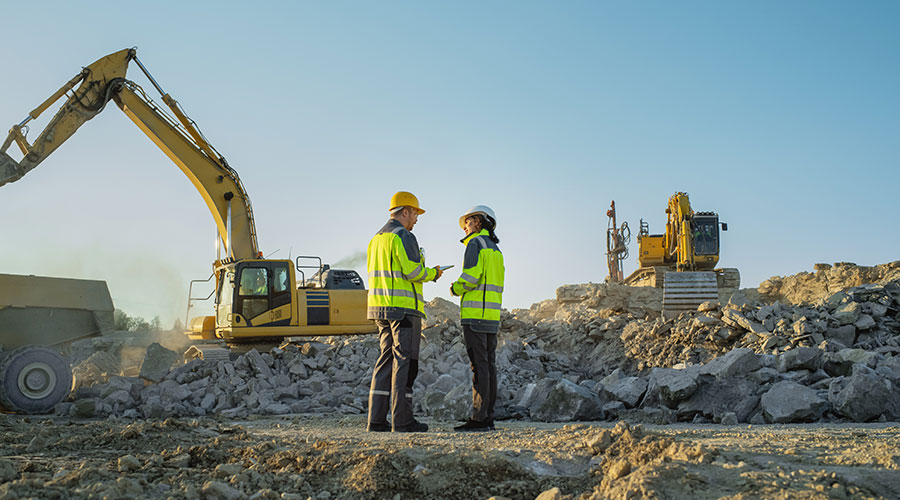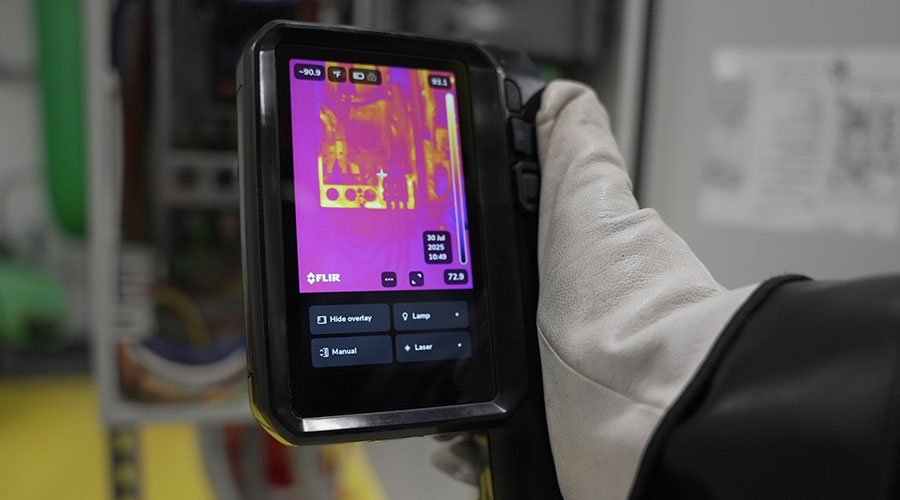
Office 2.0: Designing for the Future Workplaces
The future offices must be intentional, flexible and built around people. November 6, 2025
By Jeff Wardon, Jr., Assistant Editor
As organizations grapple with hybrid work and shifting employee expectations, workplace designers often agree on one thing: the future office must be intentional, flexible and built around people.
“I don't think offices are ever going away,” says Emily Frazer-Smith, vice president, interiors studio leader at Corgan, who was part of a panel of workplace designers at Chicago Build 2025 last month. “That is because I am a person that can be by myself and be in my own little bubble, but I don't want to be like that all the time. I know there are people that are the exact opposite group of me and want to be around people all the time. It’s just never going to work if everyone is 100 percent remote all the time. There are people who would just never survive in that environment, and there are some that will thrive in that environment.”
Facility managers can play a key role in helping coworkers succeed when gathering in an office setting, says Elma Milanovic, managing associate at Fitzgerald Associates. When working together, people share each other’s energy, which can get them excited and in a “ready-to-work” mindset. Managers are critical to making these physical spaces functional, inspiring and worth the commute.
Offices need to be designed for adaptability in mind. As an example, there can be hybrid office spaces designed as permanent hubs and flexible “pop-up” or co-working style spaces, says Jeannette Lenear Peruchini, vice president and managing principal at AECOM.
“As an example, at my own office and organization, we shifted to a more hybrid environment,” says Peruchini. “We moved offices last December, and we basically are probably a third of what we used to be in size. It’s fabulous because we have more activity in the space. We also have a lot of those more social environments, and so there’s a lot more collaboration and meeting type spaces.”
One trend that facilities managers are seeing is that adaptable layouts reduce costs and enhance utilization. A way to support and optimize space decisions is through technology, with sensors, AI and data analytics largely shaping decision-making.
Analyzing office activity through badge swipe data can help managers know how many people come into the office daily, says Frazer-Smith, but she and Peruchini agree that designers and managers would love to obtain more data.
“When you’re trying to work with them [the clients] to determine the size of meeting spaces and the number of meeting spaces and types that you need, how many times do you find that you have two people sitting in a 12-person meeting room?” Peruchini says. “Is it worth paying that money for that huge 12-person meeting room when it’s largely vacant? So, the importance of data and having the ability to track these metrics is going to continue, and I would even say, increase, as organizations are trying to figure out how to best utilize space and where to spend their money for their biggest benefit.”
Managers should continue to coordinate amenity programming, building operations and tenant engagement to keep offices vibrant. As work continues to evolve, so too must the spaces combine technology and adaptability to create workspaces people want to return to.
Jeff Wardon, Jr., is the assistant editor of the facilities market.
Next
Read next on FacilitiesNet












